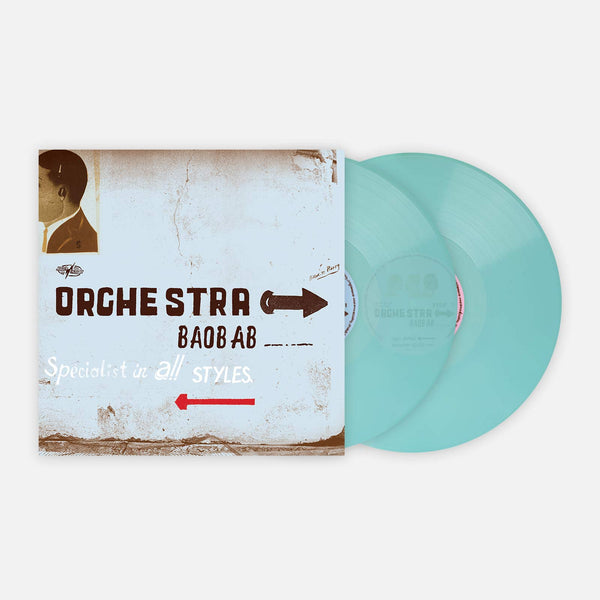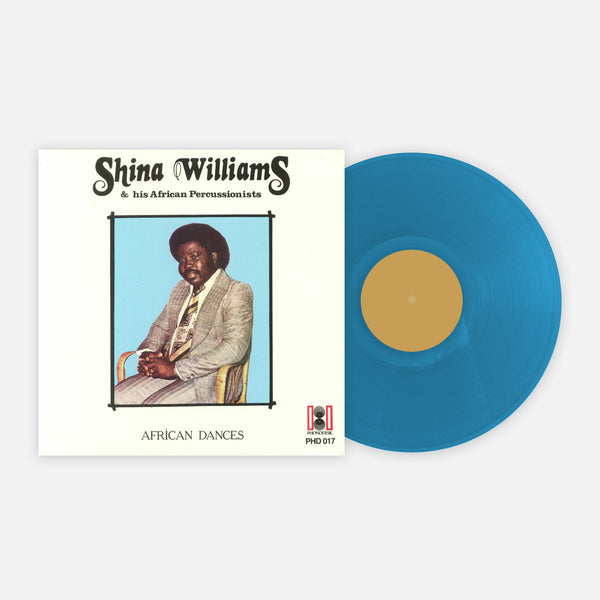Flamenco adalah genre yang begitu unik, sehingga kebanyakan orang dapat langsung mengidentifikasinya saat mendengarnya. Anda mungkin tidak mengetahui satu pun artis dalam idiom ini, tetapi kosakata flamenco yang khas tidak dapat disangkal. Kadens harmonis yang dramatis, nyanyian yang penuh gairah, dan suara tepukan tangan dan kaki yang menari semuanya jelas terlihat dalam sekejap. Elemen estetik flamenco begitu khas sehingga menonjol bahkan saat digunakan dalam konteks genre yang berbeda. Artis legendaris dari berbagai zaman dan gaya telah menyelami flamenco, mentransposisi suara-suaranya yang unik ke dalam berbagai pengaturan. Musisi yang bervariasi mulai dari Maurice Ravel hingga Miles Davis dan Leonard Cohen telah mengambil elemen dari musik rakyat Spanyol ini, menggunakan suara menawan dari genre ini untuk menambahkan nuansa ekspresi unik yang hanya dapat disampaikan oleh flamenco.
The history of flamenco is as compelling as the music itself. The ever-nomadic Romanis first arrived in Spain more than 500 years ago, carrying the countless cultural influences encountered in their path with them. The Asian and Eastern-European influences brought by them blended with the Arab, Jew and Christian cultures prominently present in Southern Spain at the time. Flamenco was then born as the cultural expression of the Romani people in the Iberian Peninsula. Romani music, just like the people themselves, was pretty much excluded from the general Spanish culture for centuries. Persecuted and marginalized, the Romani grew isolated and saved flamenco for themselves, performing it at gatherings and celebratory occasions only. It wasn’t until the 19th century that Romantic travelers from across Europe drew interest in the genre, eventually — and ironically — turning this neglected art form into a matter of national pride and identity for the Spaniards.
Flamenco is largely a collective genre. Bailaores (dancers), cantaores (singers) and tocaores (guitar players) feed off each other’s forces and bring the music to life with their hands, feet and voices. Improvisation plays an important role in performances, as artists let the emotion of the particular moment dictate the direction of the music. In spite of the spontaneous nature of the genre, performances follow pre-established structures that keep the performances from falling into chaos. Traditional styles called palos set a rhythmic, harmonic and lyrical blueprint for songs to follow. Think of them as the 12-bar blues: while there are easily discernible elements all songs share, there is room for the artist’s personality and ideas to show through. Most times the palo of a particular song is stated as part of its title, while others the song will lack a proper title and will only be identified by the style it is performed in. Listing all palos here would be nearly impossible, and while the structure set by each one of them can be a bit too much to wrap your head around, the most common styles are easily identified for their character. Alegrías are joyous and well suited for dancing, bulerías are upbeat and passionate, while saetas and soleares are dramatic and eerie.
The vastness of the flamenco universe makes the choice of just a handful of artists and records a tough task. While the following is by no means a definitive list of every musician worthy of your attention, it is a good starting point to understanding the genre and its artistic evolution. Go ahead and enjoy some of the best Spanish music ever performed, and let these artists and records pull you down the flamenco wormhole.
La Niña de los Peines
Spanish poet Federico García Lorca — a devoted flamenco enthusiast — once described the voice of La Niña de los Peines as made out of shadow and molten tin. While such denominations may sound way too esoteric to be an actual description of someone’s voice, the metaphor makes total sense once one hears her music. Pastora Pavón Cruz — La Niña de los Peines — had a unique ability to strip songs to their most elemental emotional form. By adjusting the shape of her lips and alternating between her nasal and chest tones, La Niña regulated the timber of her singing as a means to inflect the required feeling to each line in a song. In a display of pure virtuosity, she carries the listener through a myriad of sentimental stages, expressing a life-worth of emotions in even a simple, wordless lament. A testament to her unique skill and influence is the fact that in a genre dominated by male singers, La Niña de los Peines is a name no one hesitates to mention when discussing the greatest cantaores of all time. Compilation albums such as La Edad De Oro Del Flamenco - Vol. IV are a perfect showcase of La Niña’s ability to portray the struggles of the Andalusian woman like no one else can.
Antonio Mairena
It is safe to say flamenco wouldn’t be the same today if it weren’t for Antonio Mairena. A leading figure in flamenco’s transition from a folk expression performed in the intimacy of family celebrations to an established form of art, he advocated for the preservation of the oldest traditions of the genre. Mairena displayed an artistic commitment very few had showed before him, digging deep into the history of flamenco and bringing back to life palos and compositions that had long been lost in the oral tradition of the Romani people. Aside from his role in the preservation of flamenco, it is Mairena’s compelling voice that earned him a place among the genre’s greatest. Albums like Cantes de Antonio Mairena and La gran historia del cante gitano andaluz capture the cantaor’s potent vibrato and precise microtonal singing at the top of his game, turning even the simplest melodies into strong emotional statements of pain and joy alike.
Camarón
José Monje Cruz — better known for his stage name Camarón — is arguably the biggest star flamenco has ever had. Along with the blazing self-abandoned singing common in the genre, Camarón was able to perform with restraint and delicacy, alternating between approaches in a quest to extract the most out of every composition. His singing personified the full mastery and refinement of the genre: all the visceral qualities that made flamenco so unique in the first place were still there, but this new, polished iteration of the genre showed a sense of nuance that was new to the art form. Albums like Como el agua showed his unparalleled skill and captured the interest of the biggest audiences the genre ever had. His greatest artistic statement, however, is the seminal album La leyenda del tiempo. Initially bashed by the highly conservative flamenco circles for its fusion of rock, jazz and Middle Eastern music, this album signified the conquest of the tradition of the genre and opened the gates for explorations beyond its boundaries.
Paco de Lucía
There is a good reason for influential jazz guitarist John McLaughlin naming Paco De Lucía in the same sentence as Miles Davis and Igor Stravinsky when discussing the greatest musicians of the 20th century. There have been multiple virtuosic flamenco guitar players — Sabicas, Diego del Gastor and Tomatito come to mind — but no other has had the impact that Paco De Lucía had on the genre. While rich and unique for its fiery performances, flamenco guitar playing lacked refinement and nuance before De Lucía. Paco brought the polished technique of classical guitar and the harmony of jazz to the genre, changing the course of flamenco forever. The passionate strumming and percussive hits of the genre where suddenly met with beautiful arpeggios, rapid tremolos and complex chords full of color and sentiment. For a taste of what Paco was capable of doing, listen to Almoraima and Fuente y Caudal, or dive into his flamenco-jazz explorations next to Al DiMeola and John McLaughlin himself.
Flamenco Today
Even though flamenco is a genre heavily associated with tradition, it is by no means an artistic expression exclusive to the past. Once the floodgates for fusion where open, there was no looking back. Multiple iterations of the genre have flourished since the ’80s, further contributing to the evolution and growth of the idiom. Flamenco is no longer limited to Romani people or even southern Spaniards. The music of these artists is becoming increasingly nuanced, multicultural and multi-thematic, diversifying the lyrical topics of a genre that typically dealt with sorrow, pain and joy only. Young singer Rosalía has become an international sensation with her updated take on flamenco, incorporating elements of pop, hip-hop and alternative music to the melodic and aesthetic elements the genre is known for. El Niño de Elche, like her, seeks to keep flamenco alive by breaking the rules that used to restrict the genre in the past. Electronic instrumentation, spoken word and krautrock all shape El Niño’s music while still adhering to orthodox palos that bound it to the core essence of flamenco. Other artists, like Diego El Cigala, are refining the traditional singing of the genre and taking it to new contexts like those of jazz and Latin music. Be it by updating its sound and fusing it with contemporary musical expressions or by perfecting its most traditional canons, artists of our time are proving flamenco’s artistic possibilities are far from being exhausted.
Arnoldo Gutiérrez Brizuela is an architect who can't help but share his thoughts on his latest music findings with whoever is around. His Mexico City apartment is filled with compulsively bought records he's soon gonna run out of space for.







